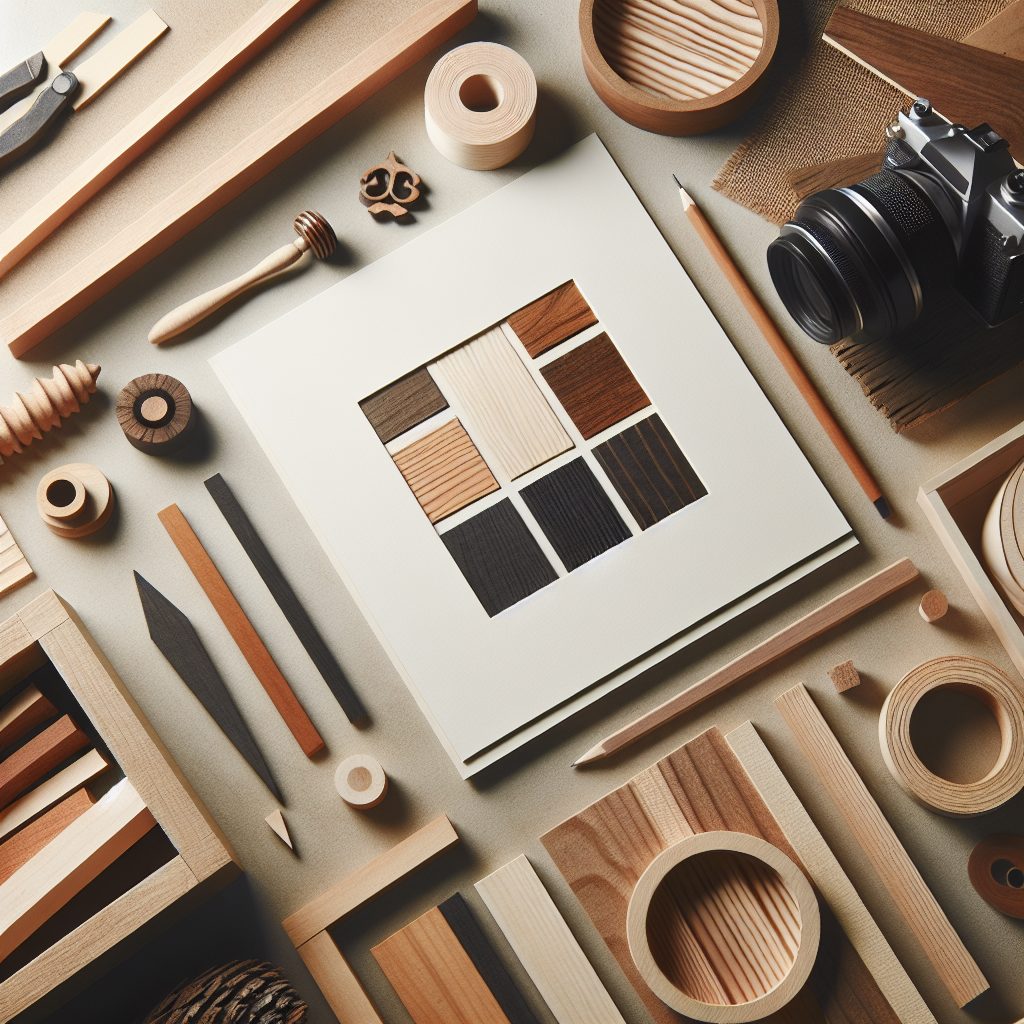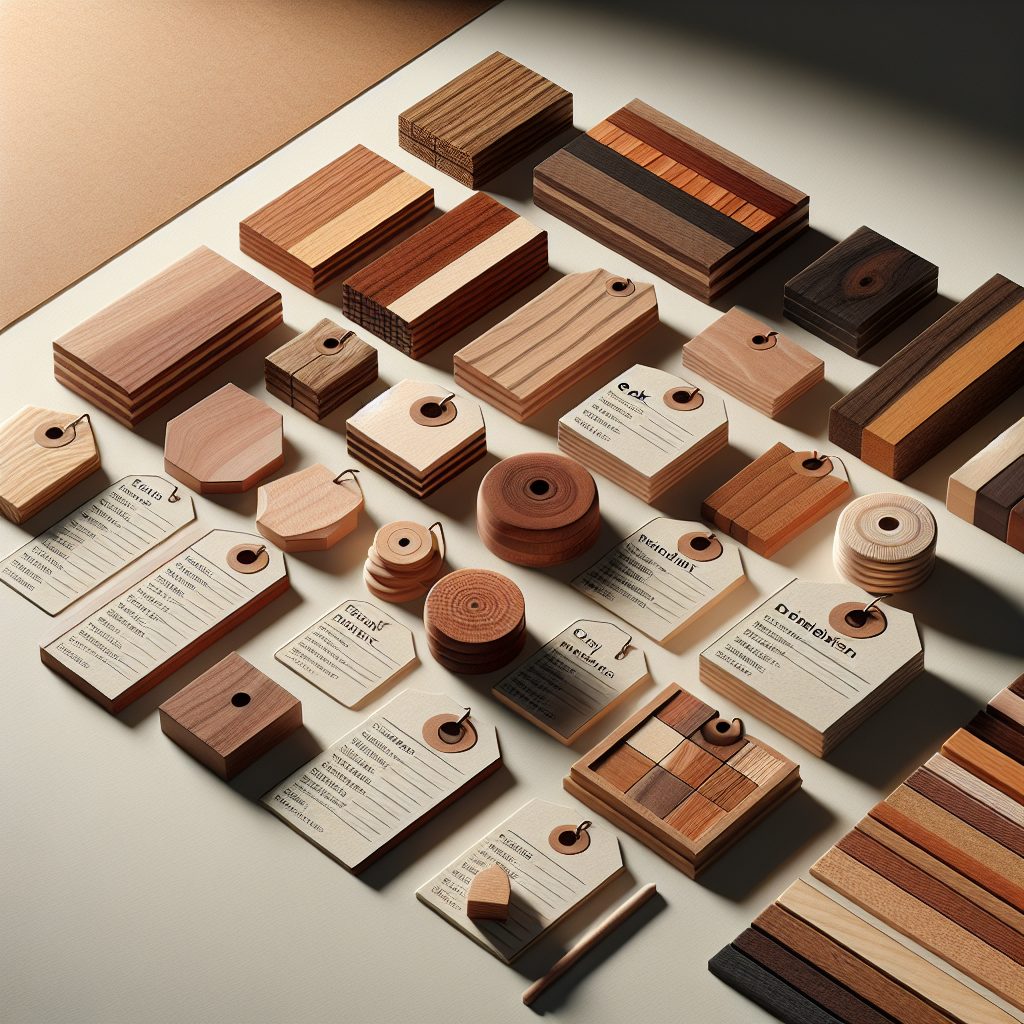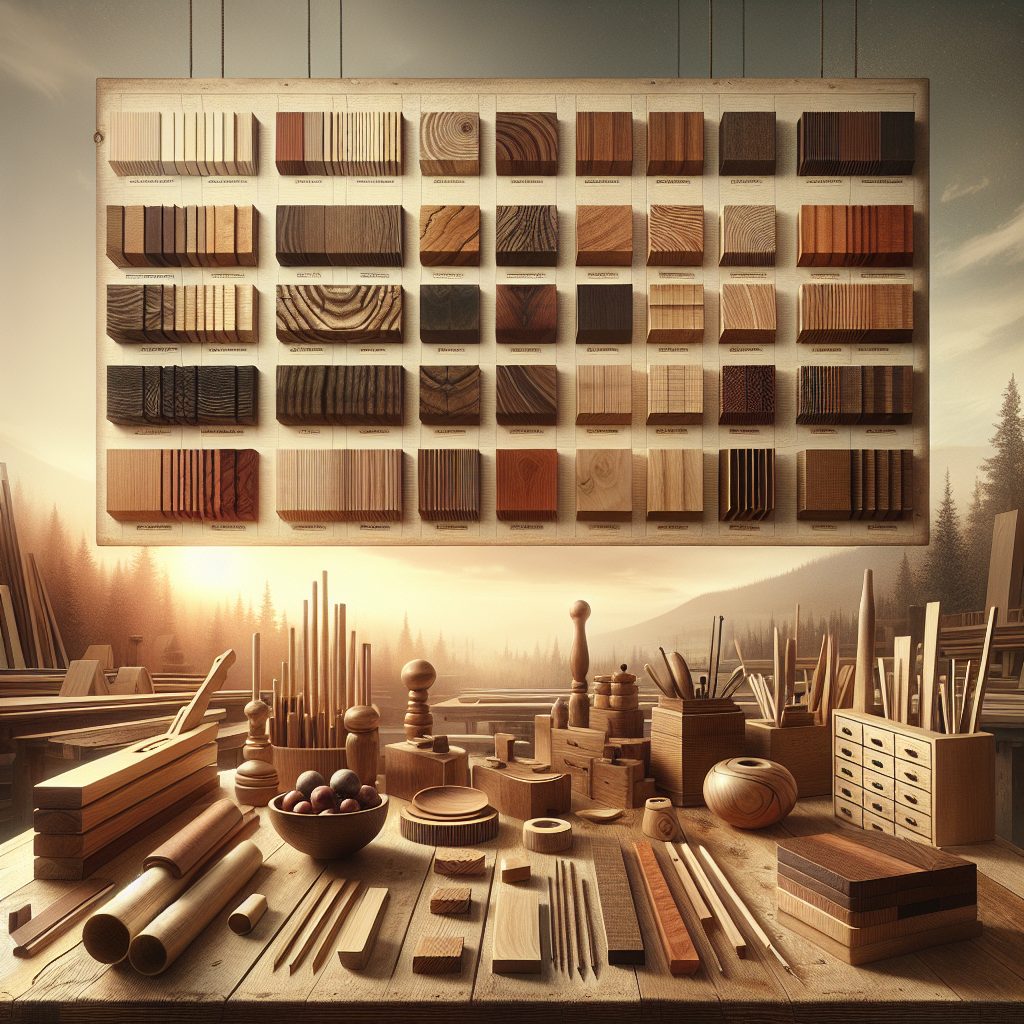When embarking on a craft project, the type of wood you choose can significantly influence the outcome. Different wood types possess unique characteristics that can enhance the aesthetic appeal, durability, and functionality of your creations. Understanding these differences is essential for any woodworker, whether you’re a novice or an experienced artisan.
The Characteristics of Common Wood Types
Among the most popular wood types for crafting are hardwoods and softwoods, each offering distinct advantages. Hardwoods, such as oak and maple, are known for their density and strength, making them ideal for furniture and cabinetry. Their tight grain patterns often result in beautiful finishes, which is why many artisans prefer using hardwoods for projects that require a polished look. In contrast, softwoods like pine and cedar are lighter and easier to work with, which can be particularly beneficial for beginners. These woods are often used for decorative items and smaller projects, where intricate details are less critical.

Another factor to consider is the sustainability of the wood you choose. Many woodworkers are now prioritizing eco-friendly materials in their projects. This trend has led to a growing interest in sustainable woodworking, which emphasizes the use of responsibly sourced wood. By selecting sustainable options, you not only contribute to environmental conservation but also support ethical practices within the industry.
Choosing the Right Wood for Your Project
When selecting wood for a specific project, it’s important to consider the final purpose of the item. For example, if you’re crafting a piece that will endure wear and tear, such as a cutting board or a table, you might want to opt for a durable hardwood. On the other hand, if you’re working on a decorative piece that won’t be subjected to heavy use, softwoods can provide the flexibility to create intricate designs. Additionally, the grain and color of the wood can greatly affect the overall appearance; therefore, exploring various options is crucial.

For those interested in creative reuse, upcycling scrap wood can be a rewarding way to give new life to old materials. This approach allows you to experiment with different textures and finishes, adding a unique touch to your projects. Moreover, using reclaimed wood often comes with a story, enriching the narrative behind your crafted items.
Ultimately, the choice of wood can make or break your crafting experience. Understanding the properties of various wood types is essential for achieving the desired results. Therefore, before you begin your next project, take the time to explore choosing wood types that best suit your needs and vision.
